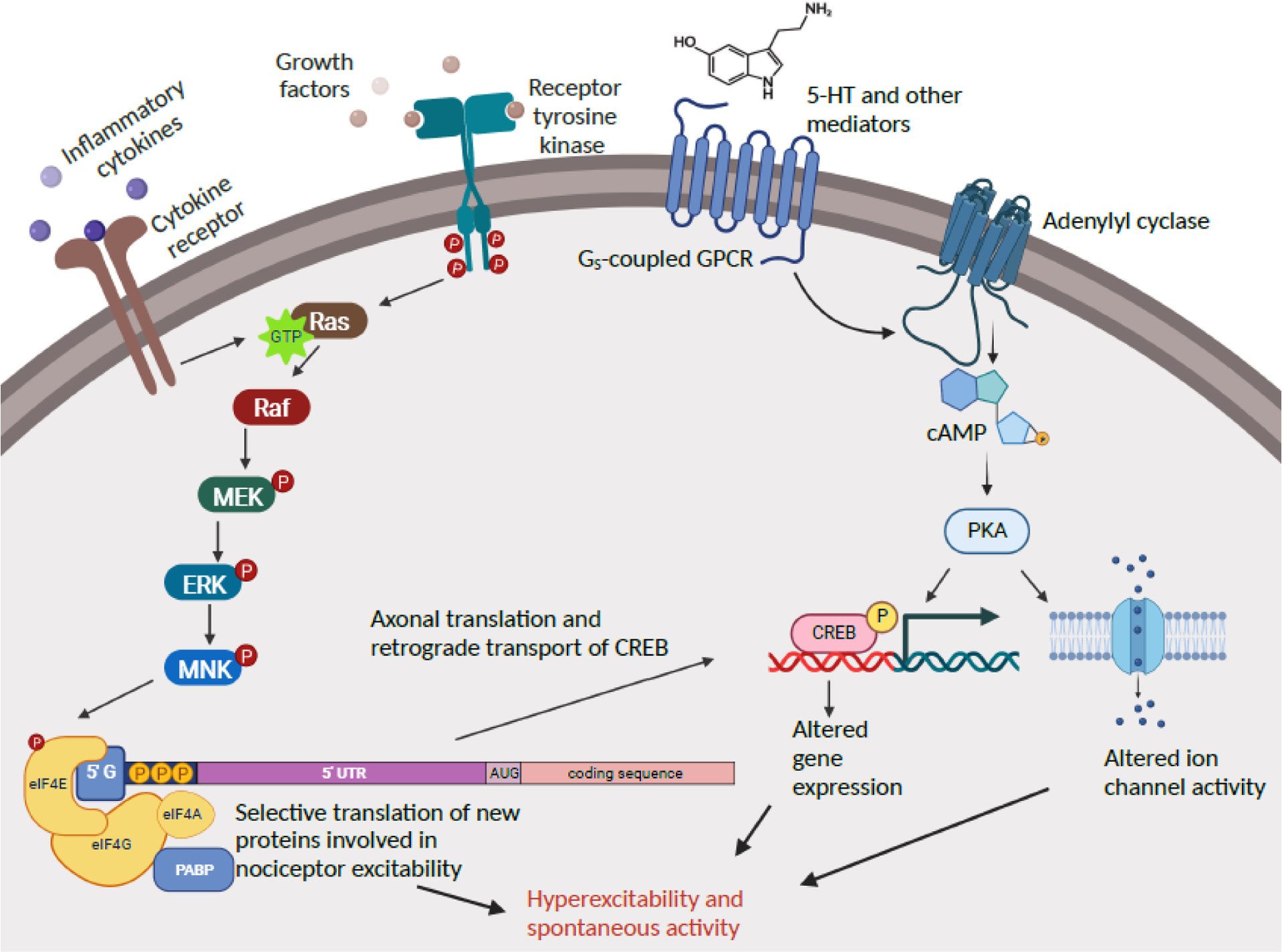Figure 4. Shared signaling pathways driving nociceptor hyperactivity in Aplysia and rodents.

Two general cell signaling pathways have been implicated directly and indirectly in the maintenance and induction of persistent nociceptor hyperactivity both in a gastropod mollusc and in mammals: Ras-MNK signaling and cAMP-PKA signaling. These pathways are more complex than shown (e.g., cAMP has additional effectors implicated in nociceptor hyperactivity, and many protein kinases in addition to PKA can activate CREB), and each has additional interactions with the same and other cell signaling pathways. Only steps for which biochemical and/or pharmacological evidence is available are indicated. 5-HT, serotonin; 5’ UTR, 5’ untranslated region; cAMP, cyclic adenosine monophosphate; CREB, cAMP response element-binding protein; eIF4E, eukaryotic translation initiation factor 4E (correspondingly for eIF4G, eIF4A); ERK, extracellular-signal-regulated kinase; GPCR, G protein coupled receptor; Gs, stimulatory G protein; MEK, mitogen-activated protein kinase kinase; MNK, mitogen-activated protein kinase-interacting kinase; P, phosphorylation; PABP, poly-A-binding protein; PKA, protein kinase A; Raf, rapidly activated fibrosarcoma kinase; Ras, rat sarcoma GTPase. Created with BioRender.com.
